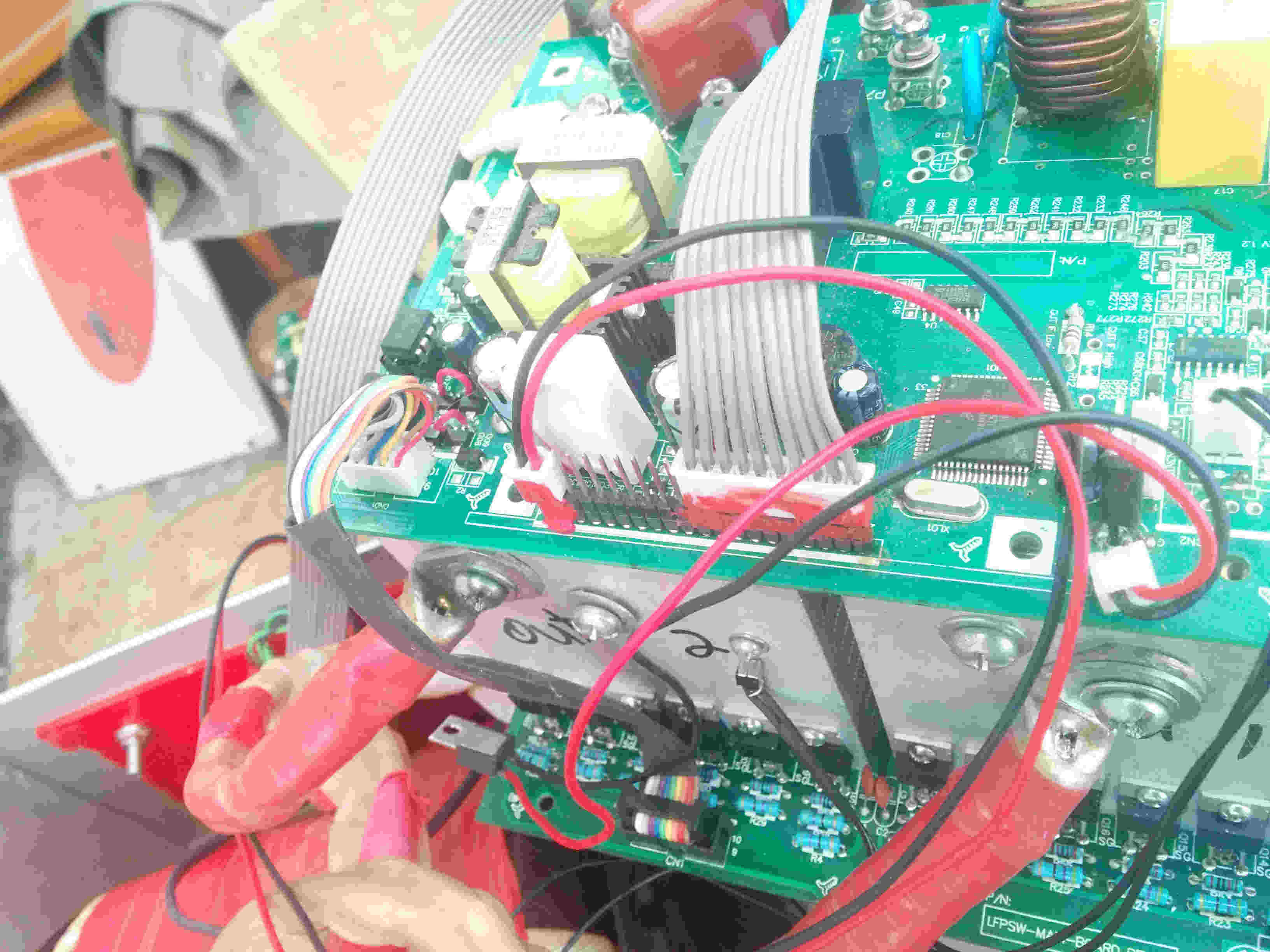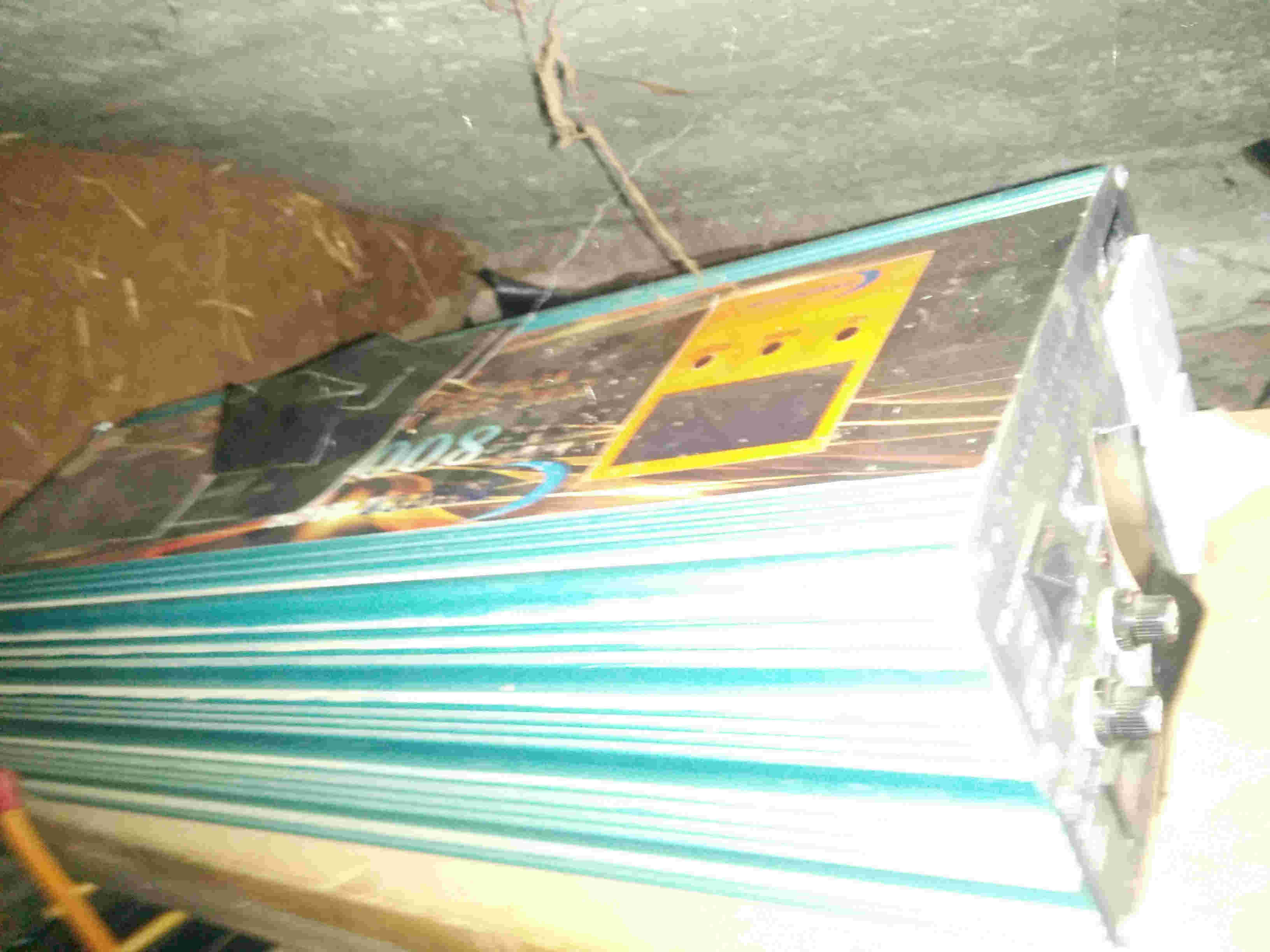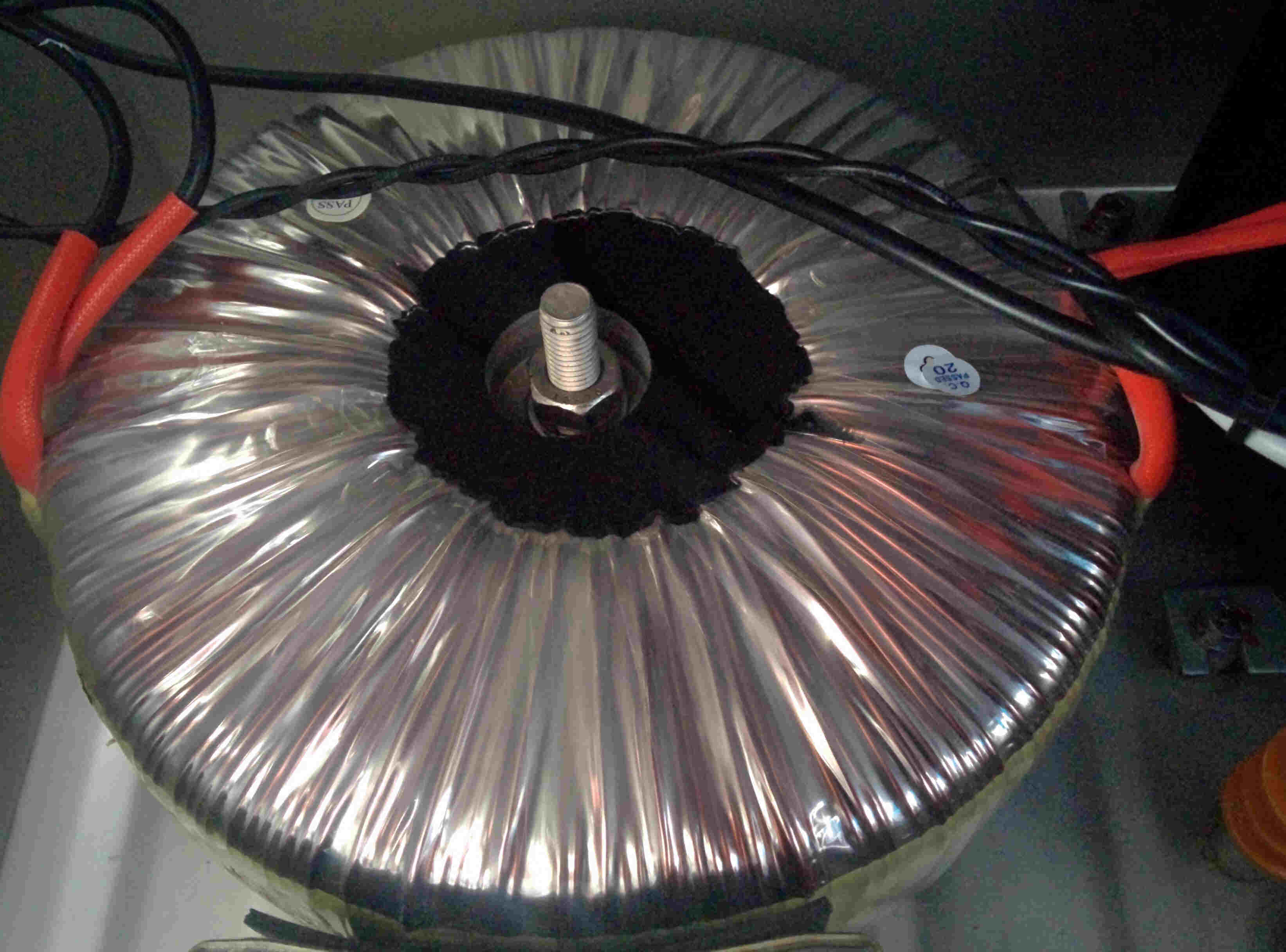Power Inverter
The Power inverter sits at the heart of the off-grid power system. If you have a under-sized or flimsy inverter, you will always be worried about it. Often times the inverter is a large part of the capital purchase cost and something that is not easily upgraded later.

Different Types
In the electronics world there exists different types of inverters. You may have heard terms such as modified sine or pure sine wave before. However what about the terms high frequency and low frequency modulation. Well that is not something so often discussed. All line frequency in Australia is 50Hz, but that is not under discussion. What we are talking about is the way the inverter output is modulated. In a high frequency inverter, the input voltage in switched on and off rapidly to generate around 400v via a transformer. Then this 400v is switched once again to produce a sine wave. The benefits of a high frequency inverter are that the components can be made much smaller. This means the unit is much cheaper to ship.
A low frequency inverter will typically simply switch on and off the battery supply (24v or 48v) quickly to create a sine wave that is fed into a whopping great transformer. This transformer then directly produces 240v at 50hz. The benefits of low frequency inverters is that they tend to be more forgiving to over-current loads. They may take up to 6 times their rated capacity for some minutes before things start to heat up. A high frequency inverter is really only built for the peaks. Clearly I feel much more comfortable with a great big heavy and forgiving transformer based inverter looking after my house.
The journey starts

My uncle is also off-grid and he started down this track first. He purchased what can commonly be found on ebay as a 8kv PowerStar inverter. These inverters feature E-Core transformers. They are the low frequency type and weigh a ton.
Initial tests seemed positive. Able to run a welder, air compressor and mostly anything. However the standby current was rather high at about 60W from memory. We tried various means to reduce this current some. We thought ultimately it would be great to have lots of inverters that simply fire up when needed.My uncle actually mananged to find a manufacturer who offered just such an inverter. A chinese 'sun-power' stackable inverter. Each one was rated at 1500w. Modified sine wave.They had a logic connection that you could stack up to like 50 of them together. Seemed like the perfect answer.
Well it wasn't to be. We discovered that the neutral was floating at -127v below the -ve terminal of the battery. This had all sorts of consequences for using native 24v in the house. We managed to blow around 10 of them up in about 2 weeks. Umm.. Not too reliable. Back to the drawing board
It was about this time that a smart chap (oztules) in Tasmania started to contribute to the energymatters forum on the powerstarw7 conversion. He took an entirely different tak. It took the e-core transformers out and put torroid transformers in, along with a small ferrite core. Bang standby down to 30w or better on the big powerstarw7 inverter.
Here is a link to the original forum.Now the race was on to source good, big torroid transformers. Oztules came through again and found that some grid tie inverters (inspire and CEHE and some others) had a whopping great big torroid inside. Unfortuately the voltages on the windings were wrong, as they were used for grid connection.
The Real Fun Begins

Now, to convert a transformer into a a 18vac/240v from a 130/240v tx. Firstly as each transformer was rated at 3kw and we wanted 8kw, we need to stack two together. Considering we aren't going to pull 8kw all day, that is fine. So first step was to dis-assemble 2 inspire grid feed inverters. These can be easily brought for about $100 each. Well worth the money. Next was to strip off the outer 240v winding from both transformers. Next, we placed them on top of each other with some padding between. Now we wound 8 turns of 50mm^2 cable around the stack. Finally series the 130v widings giving 260v..close enough...
The next step of the process we simply ordered the power and control boards as replacement parts from ebay to fit a 8kw powerjack inverter. Then bolted them all in a case. Done. 8kw solid pure sine wave inverter for around $400. Now go make another for a backup. I actually purchased a 8kw PowerJack LF and put the E-Core modificatio of 4 winds into it. Standby is around 35w. Fine as a backup inverter.
The story of backups
In the off-Grid world you always need to think in terms of backups. I have two inverters sitting connected. One in operation and one backup. I switch them around every few months to check them. I also keep a spare power and control board to fit both. I also keep all the common components that blow up on these boards for repairing them.
This all came in handy one day. I woke up in the morning to discover there was no power. Went and reset the inverter...Still no go. Umm, ok switched on the backup...It didn't want to go either. Can't believe it at this point. So I went and got my backup backup boards and 1/2hr later replaced the boards in my inverter and was going again. So what happened? A mouse got inside my main inverter and peed on the electronics. That fried mostly all of them. (I fixed the gap in the case after that!). My backup inverter had a bit of corrosion on a factory soldered joint I had that was fitted on the E-Core. That stopped my backup from working just when I needed it. Lesson learned, 2 backups is good and check that your backup works reguarly!
The new inverter
This is an ongoing process. I am in the process of, with oztules and some others, re-designing the inverter. It will using a new controller based around a EG8010 IC. I am hoping to make a version that is easily converted between 24va and 28v. Stay tuned for more updates on this!
The idea is here.I actually coined the idea back when everyone was still focused on the powerjack boards.
That is fine cause the brilliant oztules got it going!
new inverter output boardsnew inverter control board